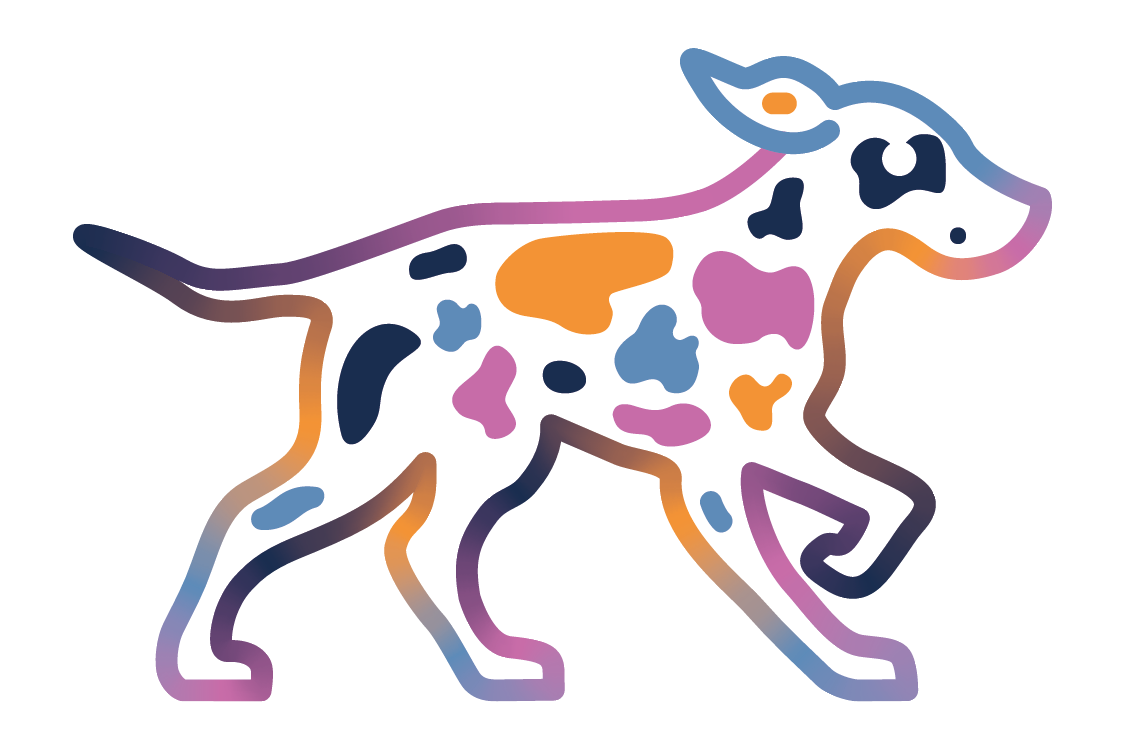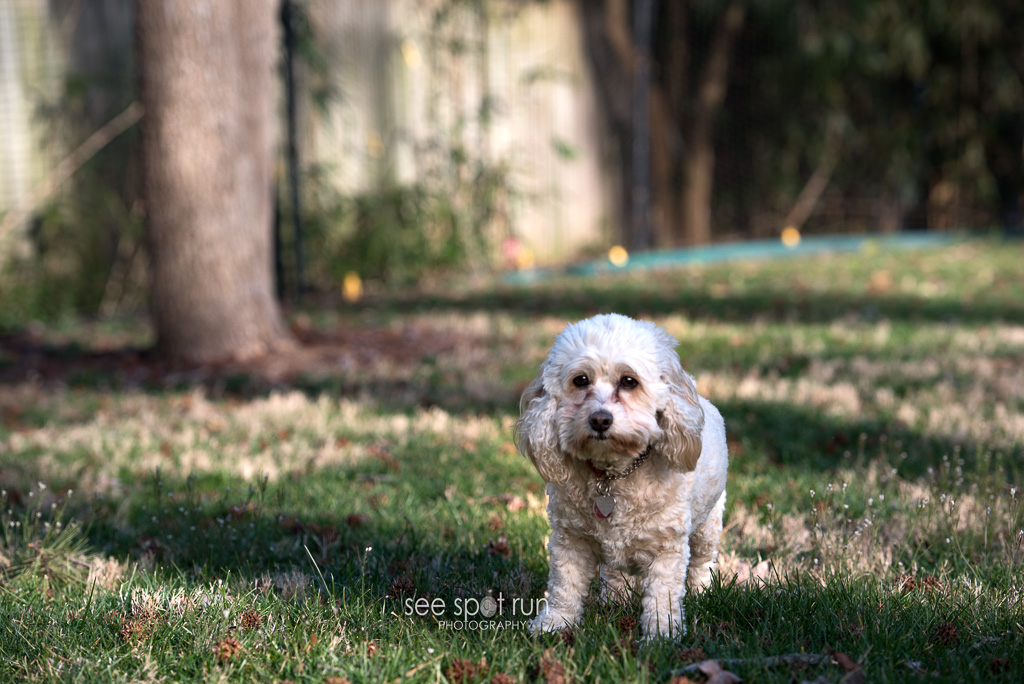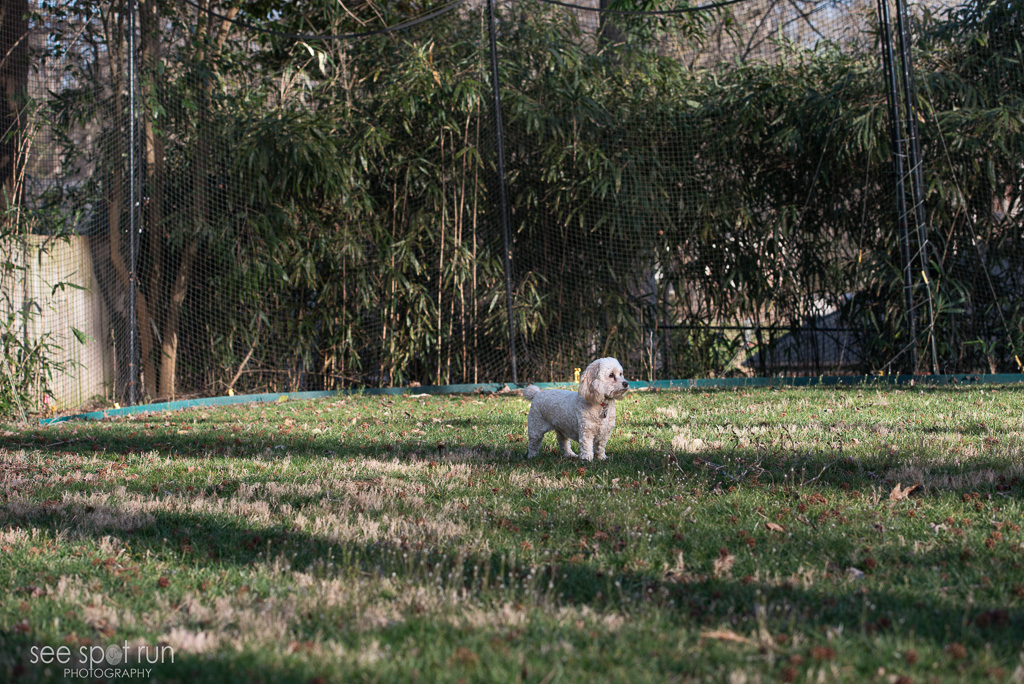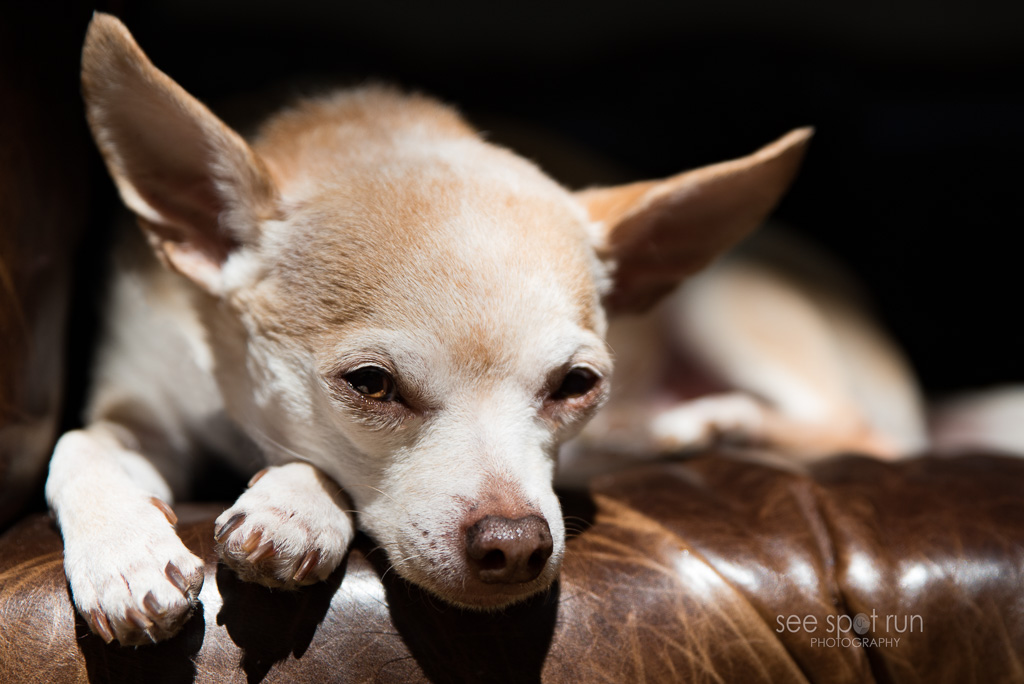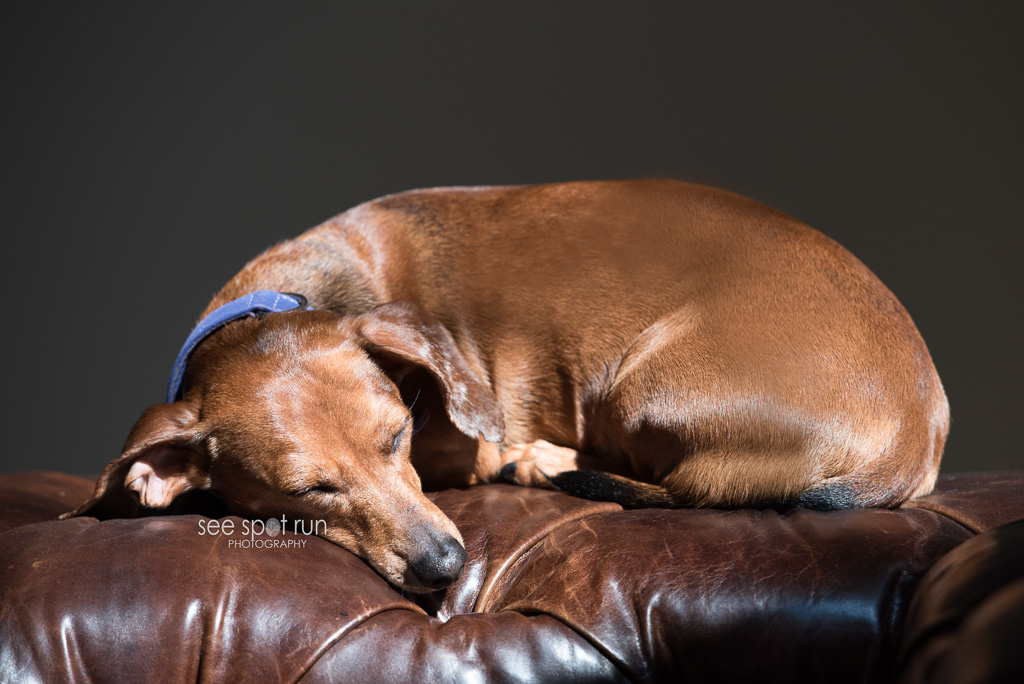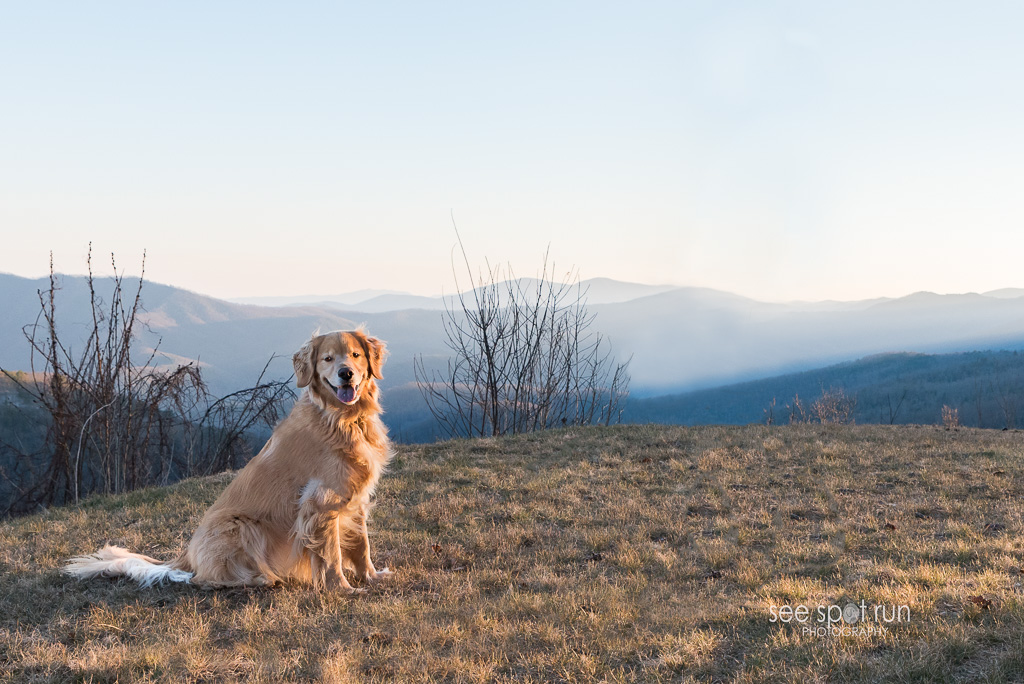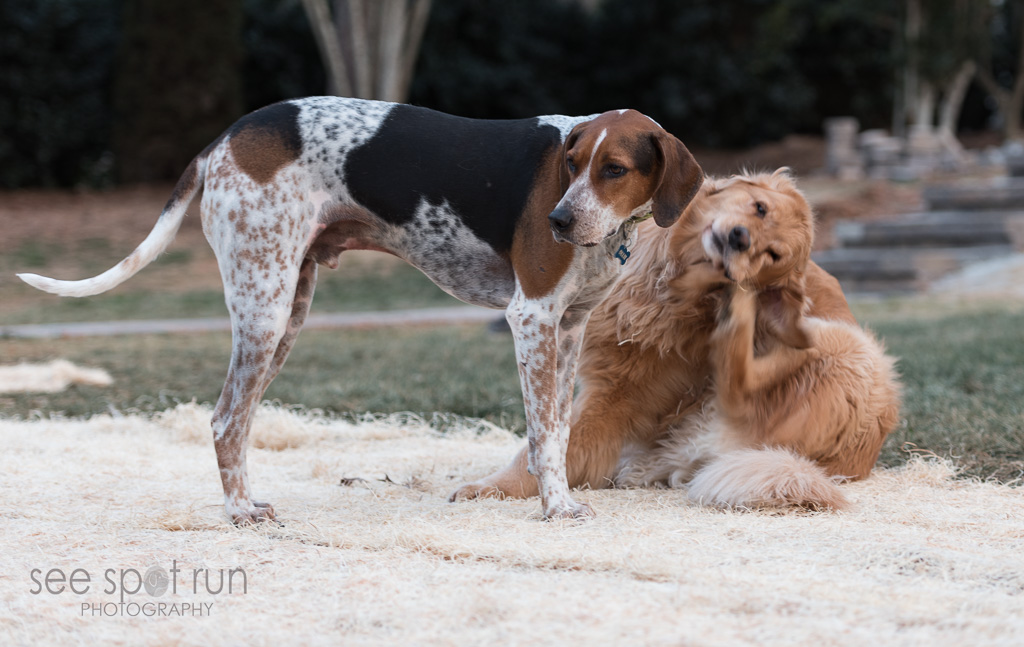If you've seen the See Spot Run facebook page, you'll know that our girl Willow had surgery to remove a large mass on the top of her right leg on Wednesday Feb 10. Labs are known for having lipomas so our initial assumption when we first noticed the lump a year ago, was that it was a lipoma. It felt harder to me than your typical squishy lipoma though. We've had it aspirated twice since finding it but each time they could only draw blood out of it. We decided at the time to leave it alone but over the past few months, it has started to get really big. Atrium Animal Hospital recommended surgery and we scheduled the procedure for the first available appointment with the surgeon.
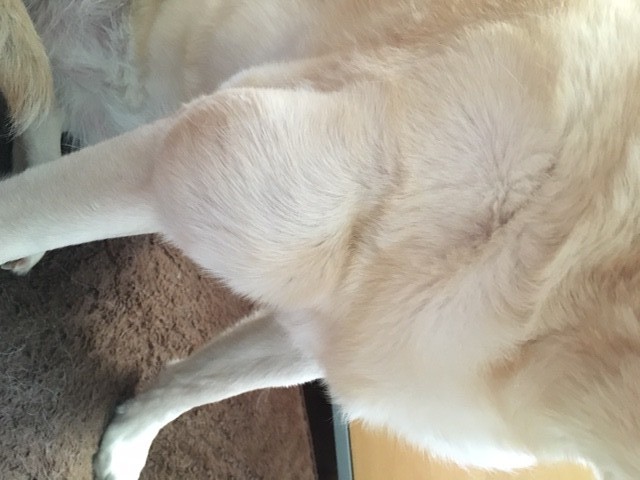
Surgery was scheduled for 12:30pm and around 12:15 I got a call from the surgeon. He wanted to discuss some concerns he had before going into surgery. Based upon the size and the location of the mass, he was concerned that a major nerve in her leg may be going through the mass and trying to remove the mass could damage that nerve. If the nerve was severely damaged, she would lose the function of her front leg.
Willow will be 11 in May and she has arthritis in her hips. Loosing the function of one of her front legs and having to add additional pressure to her back legs was very concerning.
The surgeon said he was hoping the mass was on top of the nerve and the damage to it would be minimal but he wanted us to know so we could decide for sure if we wanted the mass removed. He also suspected that it could be a form of cancer of the nerve.
So in the middle of my work day of walking dogs, I needed to make a decision whether or not to go through with this surgery which could possibly affect Willow's ability to use her front leg. The mass was really large and it was painful. She didn't like for anyone to touch it. She was having problems going up and down the two steps to get in and out of our house and she didn't really like to go for walks anymore. So, do we go ahead with the surgery or do we leave it alone knowing that she is probably in some level of constant pain? The mass would continue to grow and we'd probably sooner rather than later have to make a decision about letting her go as the mass continued to grow. Luckily Don was home so I went home, we called the surgeon back and after talking with him, we made the decision to go forward with surgery.
The surgery lasted about two hours and she did well through the procedure. Around 4:30pm, I called the clinic back and they were just standing her up. We got great news. She was standing up and putting pressure on her front leg. That was a great sign and based upon this, we were fairly certain that there was no major nerve damage.
We brought Willow home that evening and hence the start of about 5 days and nights of very little sleep for Willow (and if I'm being honest for Don and me too.) The pain medication she was on wasn't working as effectively as it should so we took her back into the vet and they put a compression wrap on the wound. That worked great with the exception that it was up too high on her leg and was rubbing the top part of the incision so she wouldn't lie down at all. Looking back now, I wish I would've done something sooner. The poor dog didn't lie down at all that first night after getting the wrap or if she did it was only for about 10 minutes before she'd stand back up. Her incision was so sore standing was all she wanted to do. I cut the top part of the bandage away, put one of Don's long sleeved t-shirt's on her so she couldn't get to the incision and she finally slept.
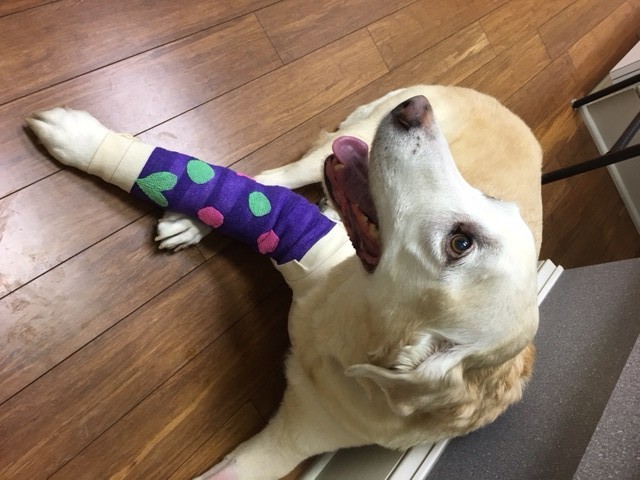
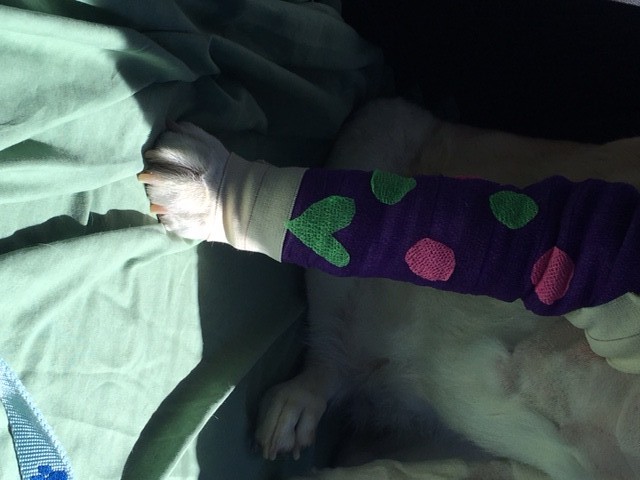
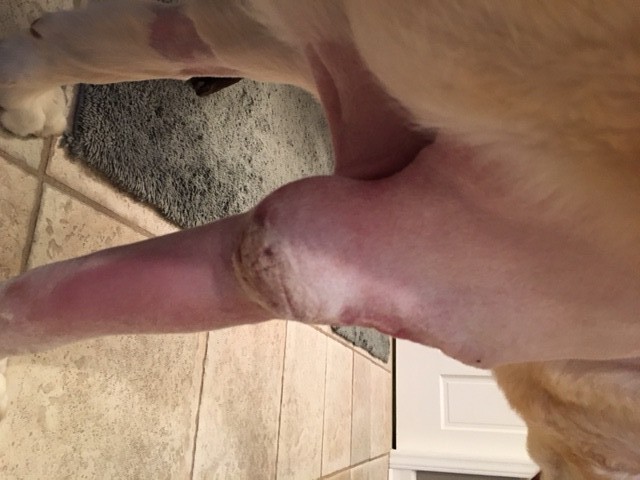
She was still in a lot of pain so we took her back to Atrium and they gave her a patch for the pain. I believe the patch has opiates in it. Since then she was been resting much better and when they re-wrapped her leg, they didn't put the wrap up as high.
Yesterday I got a call from her veterinarian and the pathology reports came back. The mass is a lipoma. The veterinarian is cautiously optimistic that these results are accurate. I was shocked - as was the vet. There is a good chance that the mass will return. If it does, the minute we notice it, we will have it aspirated.
Last night Willow picked up her beloved squirrel for the first time since before surgery. Now we know for sure she is on the road to recovery.
PS The photos I'm posting here were taken with my cell phone. I have a photo of the mass after it was removed but I'm not posting it (for reasons I hope are obvious.) It is huge though - the vet tech said to us, "It is rather impressive. Do you want to see it?" It was the size of the palm of her hand.
